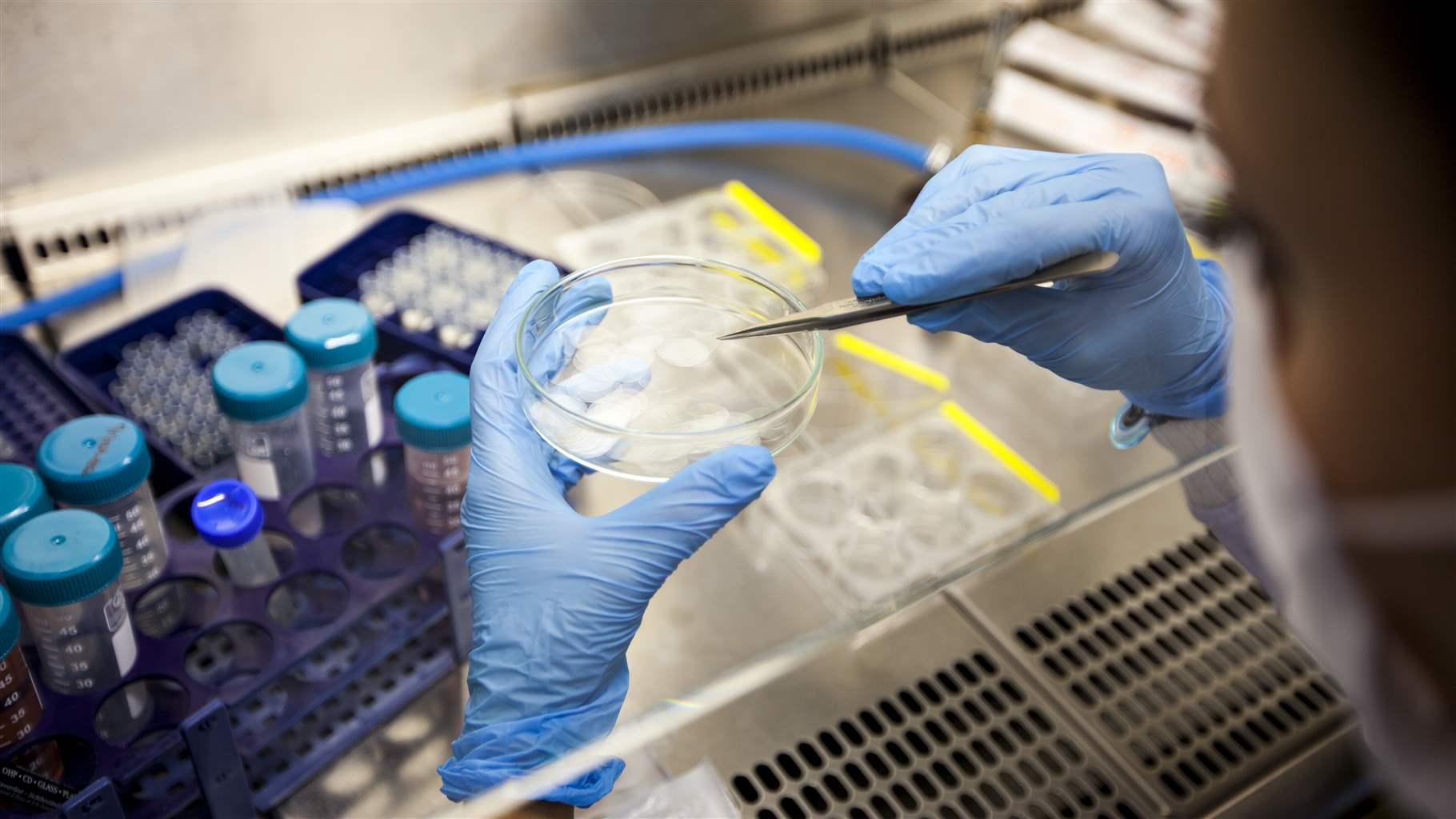FDA and Congress Move to Stop Unproven Stem Cell Interventions
Agency’s jurisdiction over regenerative therapies upheld in landmark court ruling

The Food and Drug Administration and members of Congress have taken important steps in recent months to protect consumers from unproven and risky stem cell products offered by hundreds of clinics nationwide. However, the agency needs to take broader action to deter businesses from selling interventions whose safety and effectiveness have not been proven to regulators.
Unproven and poorly manufactured stem cell products can seriously harm patients. In response to their increasing availability, FDA officials have used aggressive measures to remove high-risk treatments from the marketplace. For example, the agency sought a permanent injunction in 2018 to stop a Florida company from manufacturing or distributing “stromal vascular fraction” (SVF) products. These treatments involved extracting fat tissue from patients, processing the material, and injecting the manipulated cells into other body parts. Three people allege that they were blinded after the clinic injected SVF products into their eyes.
In a pivotal ruling in June this year, a federal court upheld the FDA’s injunction, rejecting the company’s argument that the agency lacks authority under federal law to regulate these products. Many other clinics across the nation—more than 700, according to one estimate—make or sell products using similar techniques or processes.
Although the FDA recognizes the therapeutic promise of stem cells, it has long warned of the public health threat posed by unapproved products. In 2017, the agency released four guidance documents that constitute its regulatory framework for regenerative medicine, a rapidly growing field that includes therapies derived from living human tissue. Among other goals, the framework aims to clarify the distinctions between products that are subject to the agency’s full drug approval requirements and those that are not. The recent court decision upholding the FDA injunction should encourage businesses and clinicians developing these products to make sure that they comply with the framework.
FDA leaders have pledged a risk-based approach to enforcement. Peter Marks, head of the agency’s Center for Biologics Evaluation and Research, told The Pew Charitable Trusts in May that the “FDA will continue to take steps in this area to prevent the use of unproven and potentially dangerous products through whatever enforceable legal means are necessary to protect the public.”
Only a few stem cell-based products have received FDA approval to treat certain blood cancers and immune system diseases. Still, businesses providing unapproved stem cell treatments have touted a wide range of benefits. The clinic in Florida, for example, claimed that its procedures could treat neurological, autoimmune, orthopedic, and degenerative diseases.
Lawmakers are also addressing these issues. In July, the House Energy and Commerce Committee sent a letter to the FDA expressing concern about the proliferation of such clinics and asking the agency for details on how it plans to bring them into compliance with federal regulations. In May, the House Appropriations Committee signaled its support for recent federal actions in a report accompanying an FDA funding bill. The committee’s message to the agency encouraged coordination with the Federal Trade Commission to optimize enforcement and consumer education activities.
The FDA and FTC share authorities in overseeing medical product claims, and both agencies have taken steps to hold clinics accountable. Most recently, the FDA sent a letter putting an Arizona-based company, along with its 50 affiliated centers and clinics, on notice for making unproven claims that its therapies could treat Lyme disease, diabetes, Parkinson’s disease, stroke, kidney failure, amyotrophic lateral sclerosis (ALS), and more. Such a letter could be the first step toward more aggressive actions, including product seizures and injunctions.
In another instance, the FTC in October settled a case against a California-based business that allegedly made deceptive and unsubstantiated claims that stem cell therapies could treat or cure conditions such as Parkinson’s, autism, cerebral palsy, and heart disease.
These actions—from the courts, regulators, and Congress—demonstrate a growing concern that patients could be harmed by unapproved stem cell-based products. Taken together, they set the stage for the FDA to step up efforts to protect people from stem cell interventions that have not been proven to be safe or effective.
Liz Richardson directs The Pew Charitable Trusts’ health care products project.











